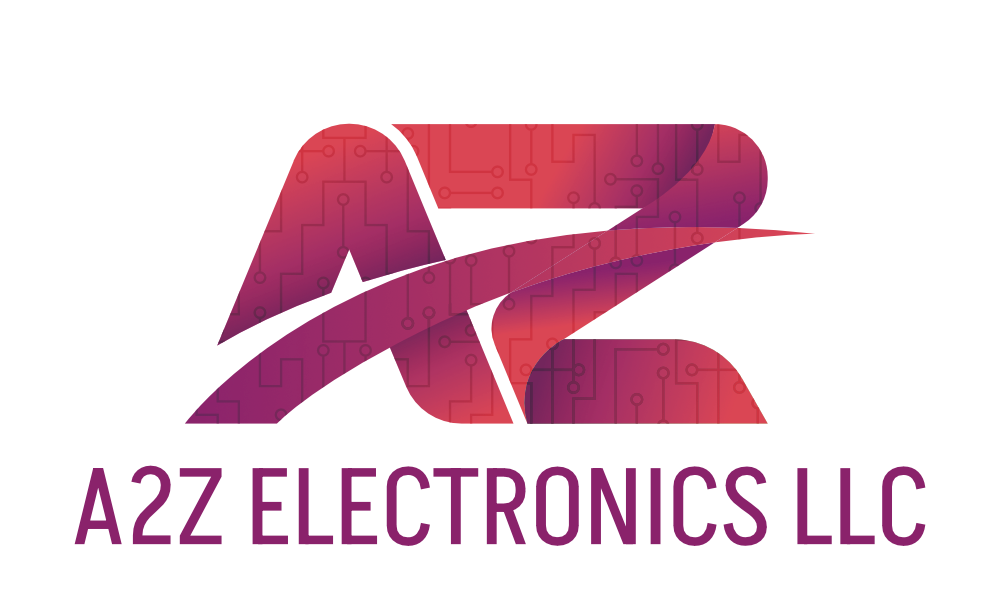Understanding Medical Device Regulations in PCB Assembly: What You Need to Know
- Harshit Shah

- May 29
- 3 min read
Updated: Aug 19

Bringing a medical device to market is not just about innovation and technology. It’s about meeting strict standards that protect patient safety and ensure product reliability. For companies involved in medical PCB assembly, navigating the complex landscape of medical device regulations is critical, especially in a field where precision can be the difference between life and death.
This blog explores what manufacturers and engineers need to understand when working with medical device assembly and why compliance is non-negotiable.
Table of Contents
What Are the Medical Device Regulations for PCBA?
Medical device regulatory requirements are strict for good reason. Devices are classified based on risk, with medical devices class 3 being the highest-risk category, often life-supporting or life-sustaining products. These devices demand the highest level of quality assurance during PCB assembly services, from traceability to testing.
Manufacturers must comply with FDA regulations for medical devices and other medical device standards like ISO 13485, which defines how to build and maintain a quality management system for safe and effective medical devices.
What Is QMS in Medical Devices and PCB Assembly?

QMS stands for Quality Management System; In medical pcb assembly it’s your operational foundation. It includes all procedures, policies, and documentation needed to ensure the product meets both internal and regulatory expectations.
The ISO 13485 certification is the gold standard for medical device contract manufacturers. It outlines specific practices to control documentation, track components, conduct risk analysis, and manage supplier performance. At A2Z Electronics, we align our processes with ISO 13485 medical devices to ensure top-tier quality and full compliance.
Design & Assembly Considerations of PCBs in Medical Devices
Designing a medical PCB is different from working on a consumer or industrial application. Every trace, component, and connector must support reliability, traceability, and performance under strict medical conditions.
Considerations include component selection, layout design for safety, and material choices for biocompatibility or sterilisation. When working with medical device standards and regulations, even the smallest detail matters—and your electronic & PCB assembly partner must understand these requirements inside and out.
Considerations for Populated Medical PCBs
When assembling a populated medical PCB, every element must meet strict verification. From parts sourcing to soldering techniques, your medical device assembly process needs full traceability. Component validation, functional testing, and quality checks must all be documented.
Medical device contract manufacturers also focus on the long-term availability of components, as replacements and repairs may be needed years after the product is deployed. Reliability over time is just as important as precision today.
You can also read: How Much Does PCB Assembly Cost? A Breakdown for Small and Large Orders
HIPAA Regulation and Medical Electronics
While HIPAA (Health Insurance Portability and Accountability Act) focuses on patient data, it indirectly affects medical electronics. Devices that store, transmit, or display patient data must ensure that data is protected. That includes the PCB board parts that power displays, processors, and communication systems.
Medical PCBs used in such devices should be designed to comply with security protocols, shielding requirements, and protected memory systems to ensure HIPAA compliance on a hardware level.
Common Compliance Risks and How to Avoid Them

Compliance risks can derail a product before it even launches. Some common pitfalls include:
Incomplete documentation of manufacturing steps
Failure to follow medical ISO standards like ISO 13485
Using unverified or end-of-life components
Weak supplier traceability
Inadequate testing for Class 2 and Class 3 medical devices
The best way to avoid these risks is by working with experienced medical device contract manufacturers like A2Z Electronics LLC. We integrate quality checks at every level of the medical PCB manufacturing process and stay aligned with both US medical device regulations and international guidelines.
Recommended Reads
Conclusion
Building medical devices goes far beyond circuit design. It’s about protecting lives through quality, safety, and full regulatory compliance. At A2Z Electronics, we understand the responsibilities that come with medical PCB assembly.
Our team is trained to work within the most stringent medical device regulations, and our systems are designed to deliver both compliance and performance.
From ISO 13485 certification to FDA-aligned processes and secure turnkey medical device assembly, we help you bring safe, reliable, and compliant products to life faster and with confidence.
If you're looking for medical PCB Assembly for your project, Get in touch with us.






